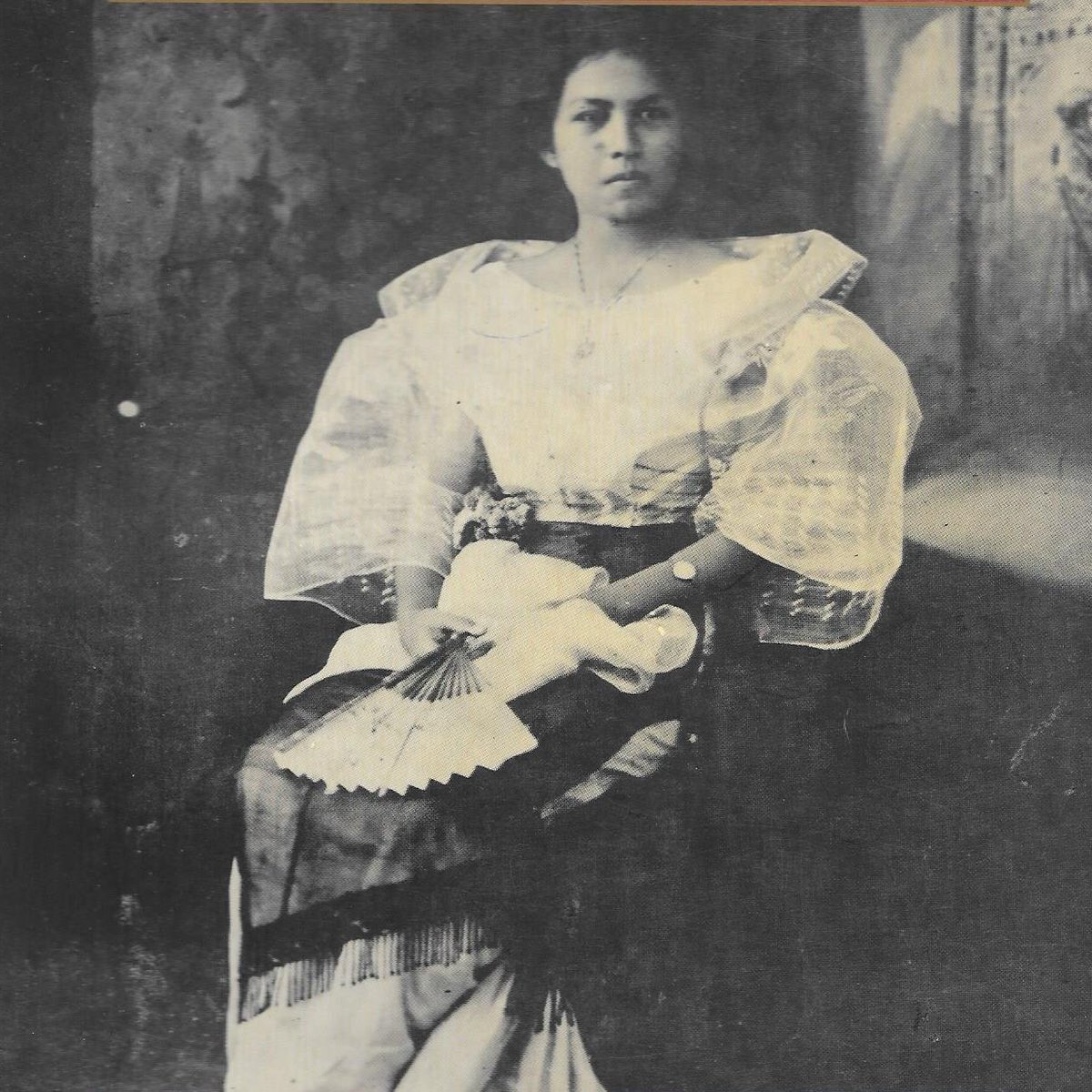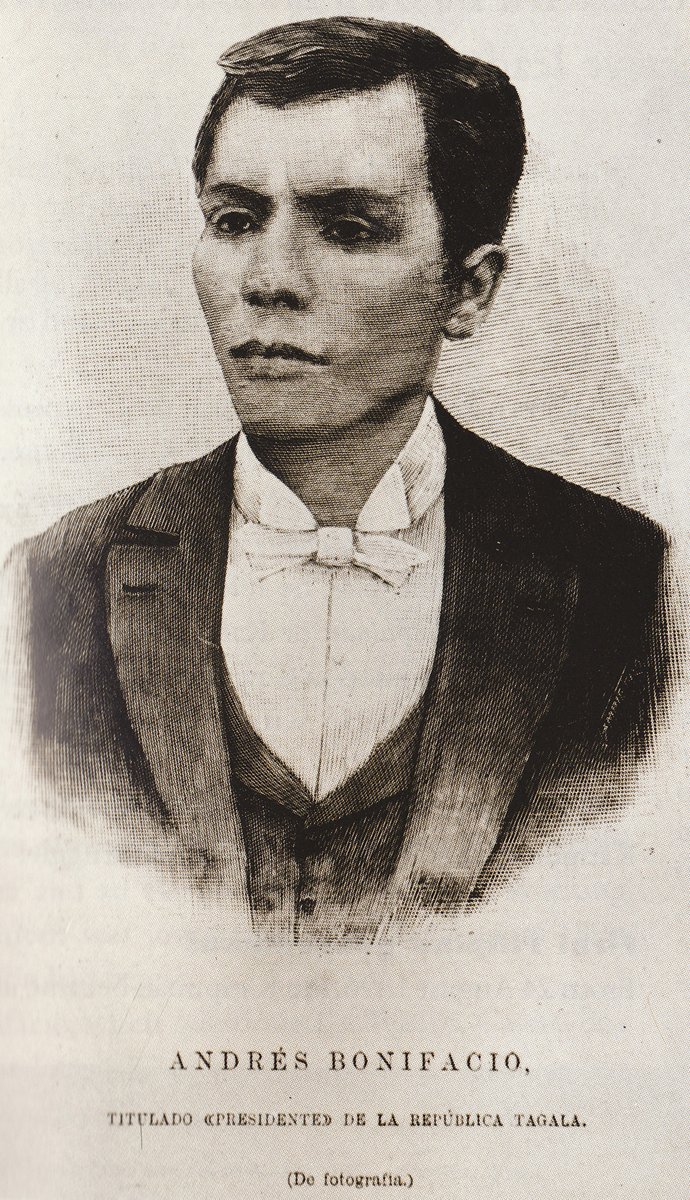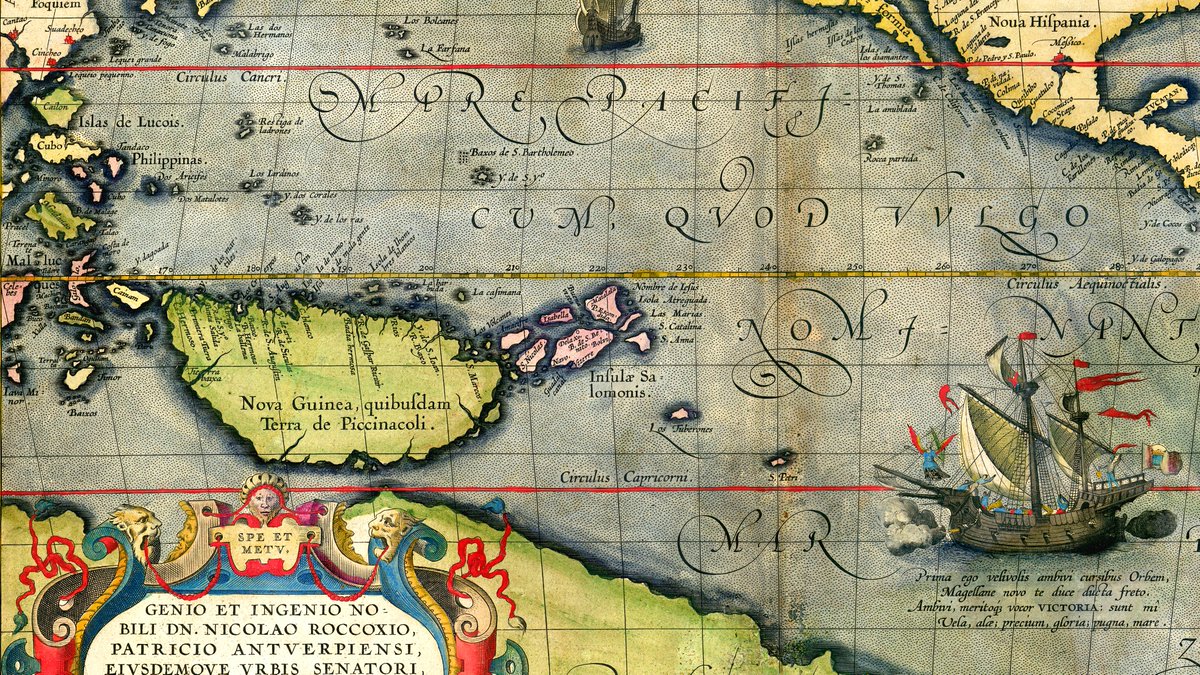
#TodayinHistory in 1894, Paz Márquez-Benítez, author of the very first #Filipino #shortstory in English, was born in Lucena City, Tayabas (now Quezon Province). She was a women's rights advocate, beauty queen, & a founder of #PH Women's University. THREAD. #WomensHistoryMonth 

Born to the couple Gregorio Marquez & Maria Jurado, both educators, the Marquezes were a prominent family in Tayabas. She inherited from them a passion for learning, entering Tayabas High School (now Quezon National High School) at the young age of 9.
Living at the turn of the 20th c. when #PH was ceded to the U.S., Paz was part of 1st gen of Filipinos educated in the ways & inclinations of America. Her Spanish became "ceremonial," Tagalog "utilitarian", w/ English becoming "the language of her heart."
https://twitter.com/indiohistorian/status/1336997376947494917?s=20
While she pursued the teaching profession at @pnu_system in 1910, Paz became the captain of the school's basketball team, & “probably the only Filipina of her gen who knew how to drive, having learned by driving a tractor…" She met her future husband at PNU, Francisco Benitez...
... future 1st dean of the @upsystem's College of Education. "Paco" Benitez was a fresh "pensionado" when the couple met & fell in love. They would eventually marry in 1914. 
https://twitter.com/indiohistorian/status/1298580880655437824?s=20

In 1912, Paz was chosen to be the Manila Carnival Queen, an elaborate pageant central to the annual Manila Carnival in Luneta. She was given the regnal name, "Queen Paz I." In that same year she earned her Bachelor of Arts degree at @upsystem, part of UP's 1st graduating batch. 

Both she & her husband became devoted to the written word. Paz eventually became faculty of the UP's English Dept (1916-1951). In 1919, she established the Women's Home Journal, the most read English magazine in pre-War Philippines.
She would also be one of the 7 women who founded the PH Women's College (now @PWU_Manila). As a supporter of women's right to vote, she helped in the campaign that helped pass the Women's Suffrage Act of 1937. #PH became one of the Asian countries that allowed women to vote. 

Paz Benitez's English was superb. She brought into the language her own Filipino inclinations—long paragraphs, a clear exposition of the intricacies of emotions, & a certain poignant take in life. Her "Dead Stars" (1925) was the 1st ever short story of #PH Literature in English.
"So all these years–since when?-he had been seeing the light of dead stars, long extinguished, yet seemingly still in their appointed places in the heavens. An immense sadness as of loss invaded his spirit, a vast homesickness for some immutable refuge of the heart..." #QOTD
Photos:
- Paz's portrait, from the book, "Paz Marquez Benitez: One Woman's Life, Letters, & Writings" by Virginia Benitez Licuanan
- Francisco & Paz Benitez wedding portrait, &
- Queen Paz I & her court, from manilacarnivals.blogspot.com
- PH Free Press cartoon, 7 April 1937, PML
- Paz's portrait, from the book, "Paz Marquez Benitez: One Woman's Life, Letters, & Writings" by Virginia Benitez Licuanan
- Francisco & Paz Benitez wedding portrait, &
- Queen Paz I & her court, from manilacarnivals.blogspot.com
- PH Free Press cartoon, 7 April 1937, PML
• • •
Missing some Tweet in this thread? You can try to
force a refresh










